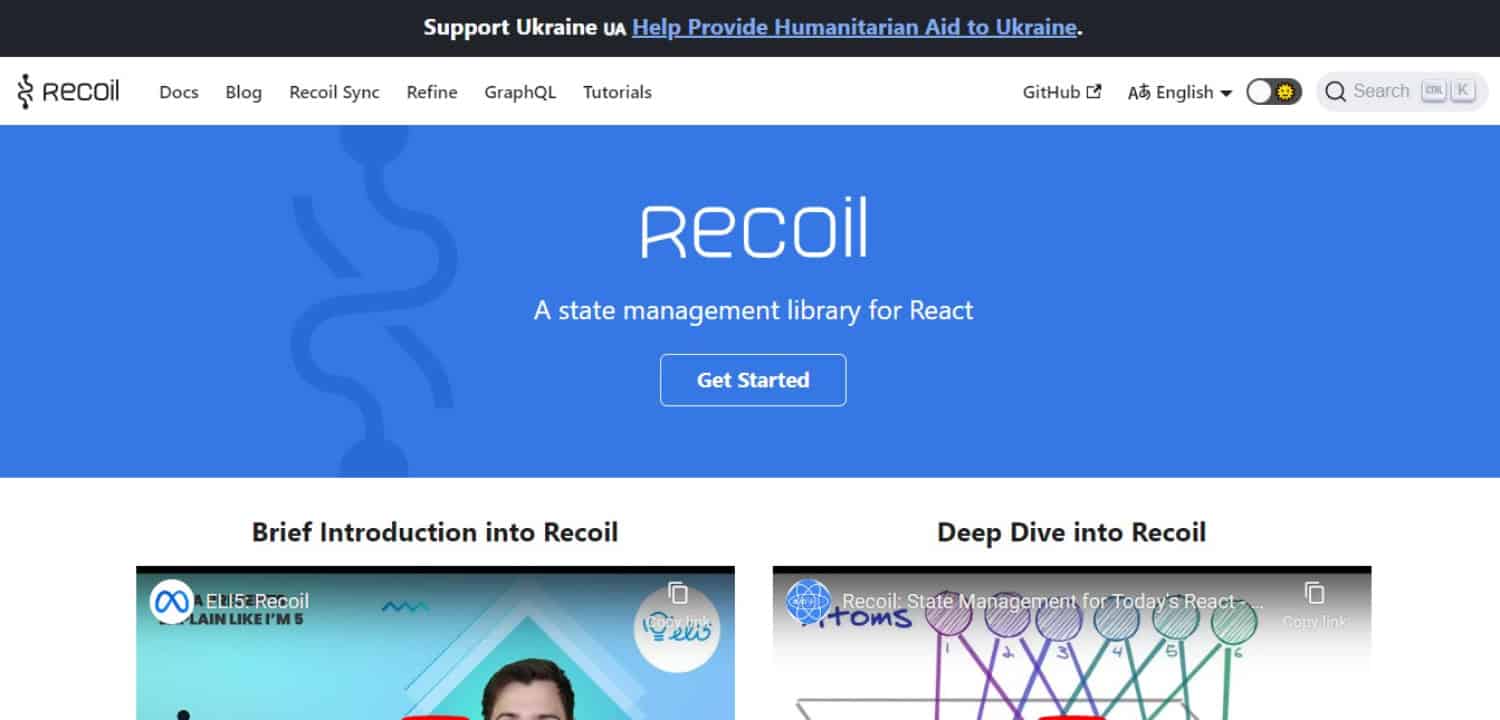State management is the basic building block of making interactive React applications. It manages and organizes the data with which we are working. Redux is a popular choice for making such applications. But you can use different alternatives instead of Redux to build your application.
We will discuss some different ways to implement react state management without redux. This article will cover various methods, libraries, techniques, etc, to make efficient and dynamic applications. The different alternate ways to use React state management without redux are React Context API, MobX, Recoil, and RxJS.
This article will take you through all the ways in great detail. Although Redux is the most used open-source library for making such applications, it may serve a different purpose than the developer is looking for. That’s why these alternatives have come into play.
You may wonder how to use these alternative ways in your react application. Don’t worry; all your doubts and questions will disappear once you read this article. This article will explain all the methods and how to implement them in your application to create user-friendly applications.
To learn more about how to Build React State Management Without Redux, check out:
Table of Contents
What is State Management?
Before diving into different ways of implementing react state management without redux, you need to know what precisely the word “State Management” means. State management means managing the data in your react application building process. This data can be inputs, form details, responses, etc.

When a user interacts with the react application, it leads to the state change of the data. This management is usually done using Redux, an open-source library used for state management in React.
See Also: Working With Data: How To Import JSON Files In React
Why use alternatives to Redux?
If redux is the most popular choice for state management, why must we find alternatives? This is because redux has some challenges that are constantly faced by developers or people using React. Some of the reasons to implement React state management without redux: –
Simplicity
Redux increases the complexity of a simple application, which sometimes needs to be revised.
Boilerplate code
Redux often repeats the same code section without much variation.
See Also: Best Books To Learn React: Top Recommendations For Aspiring Developers
Alternatives to Redux
Now that you know state management and why to use alternatives to Redux, we will traverse each method individually.
Top ways to use react state management without redux –
React Context API
React Context API is a way of sharing data between different React applications without passing the data through all the components. Think of it as a global state storage container that stores all the information and can grant access to the components needing specific information.

The props are not individually passed but instead shared by every application.
Here’s a simple example: Imagine you have a theme (light or dark mode) that you want to apply to your entire app. With React Context API, you can set the theme high in your app and have every component access it without passing it down manually. It simplifies data sharing and makes your code cleaner and more efficient.
Pros
- Build-in function. There is no need to import any other library.
- Easy to understand and implement
Cons
- It is inefficient and doesn’t provide the best solution for complex state management applications.
Visit: React Context API
See Also: OnBlur Vs OnChange In React: Event Handling In Modern Web Apps
MobX
MobX is a simple state management library. It uses observables to track changes in your application’s state and automatically updates components when the state changes. MobX offers a more flexible alternative to Redux.

Imagine you have different parts of your app that need to know about the same data, like a shopping cart. Instead of manually updating each part when the cart changes, with MobX, you define the data as “observable.”
MobX updates everything that relies on it whenever the data changes.
Pros:
- Minimizes the boilerplate code.
- Useful for complex applications
- Integrates well with React.
Cons:
- It is less prescriptive than Redux. As a result, there are inconsistent patterns across your codebase.
Visit: MobX
Recoil
Recoil is a state management library designed explicitly for React applications. It offers several hooks and features that make managing and sharing state across components easy.

It provides a way to organize and share the application’s state and helps ensure that your UI components always display the most up-to-date information.
Some features of Recoil are: –
- Centralized State
- Efficient Updates
- Easy Sharing
Pros:
- Easy to integrate with React.
- Provides hooks for managing state in a more efficient way
Cons:
- It is still relatively new, which may result in occasional breaking changes.
RxJS
RxJS, or Reactive Extensions for JavaScript, is a library that helps you work with data sent irregularly in a more organized and predictable way.

Imagine it as a tool that makes it easier to handle data streams, such as user input, server responses, or even time-based events.
Pros:
- Extremely powerful for managing data in irregular interval states.
- Provides fine control over state updates.
- Useful for complex scenarios like real-time applications.
Cons:
- Steeper learning curve compared to some other options.
The following table compares the different ways to implement react state management without redux.
| Aspect | React Context API | MobX | Recoil | RxJS |
| Ease of Setup | Easy to set up with built-in React support. | Relatively easy to set up. | Requires integration with React. | Requires integration with React. |
| Learning Curve | Low, as it leverages React’s built-in features. | Moderate, but less complex than Redux. | Low, with React-style hooks. | Moderate to high, especially for complex use cases. |
| State Sharing | Allows sharing state across components. | Provides observables for state updates. | Offers a store for global state. | Works with observables for the state. |
| Boilerplate | Minimal boilerplate code is needed. | Moderate boilerplate compared to Redux. | Minimal boilerplate code. | It can involve more boilerplate for setup. |
| Complex State Handling | It may not be the best for complex state management. | Suitable for complex state management. | Handles complex state well. | Requires well-structured observables. |
You must decide the method according to your application and the problem you are solving. Each method has different properties and is unique in its strengths. But you will decide which will best suit your situation and give the optimal result.
See Also: How To Use ComponentWillMount() In React Hooks?
FAQs
Can you make a React app without Redux?
Yes, you can make a React app without using redux. You can use alternative ways, such as React Context API, Recoil, RxJs, MobX, etc., according to your project’s complexity.
What is State Management in React?
State management means managing the data in your react application building process. This data can be inputs, form details, responses, etc. When a user interacts with the react application, it leads to the state change of the data. This management is usually done using Redux, an open-source library used for state management in React.
Why do we use alternatives to Redux when it is the most popular tool?
This is because redux has some challenges that are constantly faced by developers or people using React. Some of the reasons to implement React state management without redux: - Simplicity - Redux increases the complexity of a simple application, which is sometimes unnecessary. Boilerplate code - Redux often repeats the same code section without much variation.
Conclusion
State management is an essential part of developing React Applications. But despite Redux being the most popular option, there are different ways to implement state management in React. These alternative ways have their unique features.
Depending on your project’s complexity and your team’s familiarity with other state management solutions, you can choose from alternatives like the React Context API, MobX, Recoil, or RxJS.
See Also: Render HTML Strings With React: Boost Your Web Development

